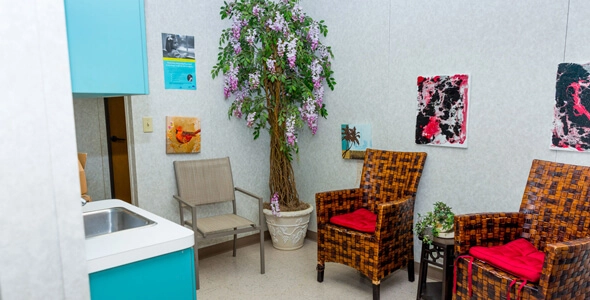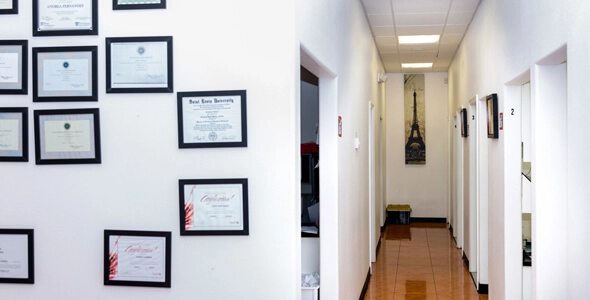According to WHO – There are an estimated 657,000 new cases of cancers of the oral cavity and pharynx each year, and more than 330,000 deaths. Oral cancers include the main subsides of the lip, oral cavity, pharynx, and pharynx and have a particularly high burden in South Central Asia due to risk factor exposures.
In most cases, the early signs of oral cancer are mistaken for mild issues like cold or toothache. The survival rate of oral cancer is pretty high; this is why most routine exams include assessment for oral cancer to detect it at an early stage.
Have a look about mouth cancer, also known as oral cancer, including information about its signs and symptoms.
How are oral exams conducted?
The routine oral exam begins with a soft tissue assessment to detect any kind of sign of oral cancer. During this exam, the dentist checks for abnormalities or lumps. The routine dental exam is especially conducted if you are a high-risk patient for instance if you chew tobacco or smoke often, and have a family history of oral cancer.
This starts by using light around your mouth and monitoring for symptoms like gray or white patches on the inside of the cheek, around and under the tongue, or near the throat. They also look for spacious roots on the roof of the mouth, gums, or even lips. They also feel your neck area and your jawbone for abnormal lumps.
What are the symptoms of Oral Cancer?
A dental exam is great for you to get assessed for signs of Oral Cancer. However, if you have had oral cancer in your family, then always be on the lookout for the following signs and symptoms.
- Sudden tenderness, numbness, pain, or loss of feeling in the mouth, neck, and face.
- Development and appearance of velvety red, white, and red speckled patches in the mouth.
- Bleeding sores on the neck, mouth, and face that go unhealed for more than two weeks.
- Bumps or lumps, cuts, crusts, swellings, eroded areas, thickenings on the gums, lips, and other sensitive spots of the mouth.
- Sudden bleeding in the mouth or gums.
- Persistent pain in the ears.
- Discomfort and difficulty in speaking, swallowing, chewing, or moving the tongue and jaw.
- Sudden change in voice, sore throat, or hoarseness.
- A visible change in the positioning or fitting of your teeth or dentures.
- A sudden drop in weight













